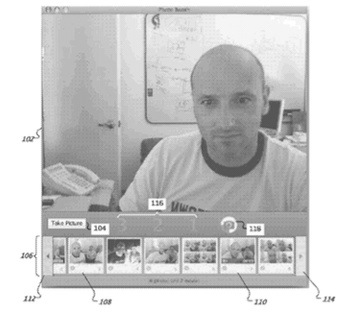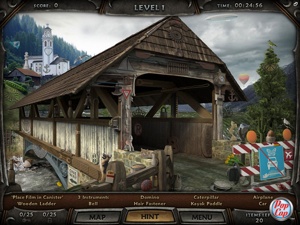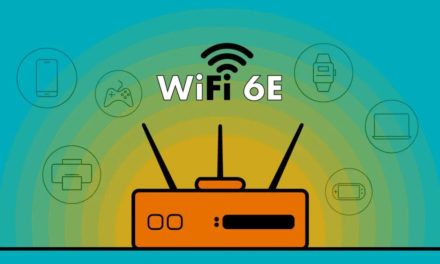An Apple patent (number 20120243748) has been filed for systems, methods and program products for image capture and manipulation, especially in regards to video chats and calls.
Here’s Apple’s background and summary of the invention: “Many software applications now accept image data including animated icons such as head shots to identify, for example, the sender of an electronic mail message, an Internet chat buddy, or to identify a caller on a voice-over-IP communication link. Novice computer users may not know how to associate their picture with these applications.
“Furthermore, a user may wish to modify their picture before using it. While many software packages provide very sophisticated tools for image editing, novice users can find these packages too cumbersome, especially if the user wants to quickly experiment with different effects.
“In general, one aspect of the subject matter described in this specification can be embodied in a method that includes receiving a video stream and displaying the video stream in a first area of a graphical user interface (GUI), where the video stream includes a time-ordered set of images. A plurality of images are automatically selected from the stream and displaying a placeholder image representative of the plurality in a second area of the GUI.
“User input is accepted to convert the images into an animation. An animation is produced from the images. An animated icon is produced from the animation. Other implementations of this aspect include corresponding systems, apparatus, and computer program products.
“These and other implementations can optionally include one or more of the following features. Each image in the plurality has a background, and for each image in the plurality, the image’s respective background is automatically substituted with a new background. The new background is a static image or a movie.
“Each image in the plurality captures a person, and for each image in the plurality, a filter is applied to the image’s respective person, but not applying the filter to other parts of the image. Selecting includes selecting four non-adjacent images from the video stream where the four non-adjacent images are separated by time period. A filter is applied to each image in the video stream, where application of the filter is for the image as a whole or only for a person captured in the image. The filter is incorporated into a standard set of filters.
“User input is accepted to dynamically adjust one or more parameters of the filter. The icon or a copy of the icon is transferred to an application. The video stream is received from a camera that is positioned in front of a user.
“Implementations of the invention can realize one or more of the following advantages. A user can easily obtain and apply effects to an image for use in various applications. Different effects (e.g., using one or more filters) can simultaneously be applied to an image (or image stream) with the results being displayed side-by-side. This allows a user to immediately compare different effects and choose the most desirable one.
“Image data can easily be transferred to other applications such as email, an address book, contacts, Internet chat, and image organization applications. An image stream can be culled to create a still image, a multi-shot or a movie and filters can be applied to each of these. Filter parameters can be dynamically adjusted by users.
“Animated buddy icons can be created from multi-shot images or movies. Application of filters can be limited to foreground objects. Image backgrounds can be dynamically replaced with still images or movies.”
The inventors are Jean-Pierre Ciudad, Erika Misaki, Michael Stochosky and Mike Matas.




